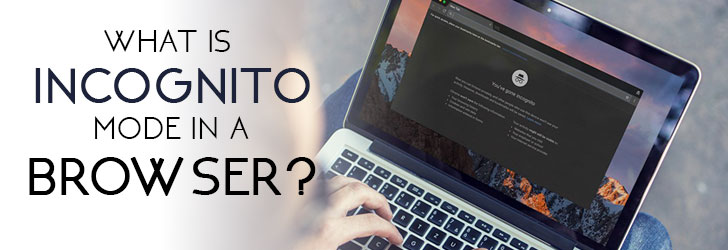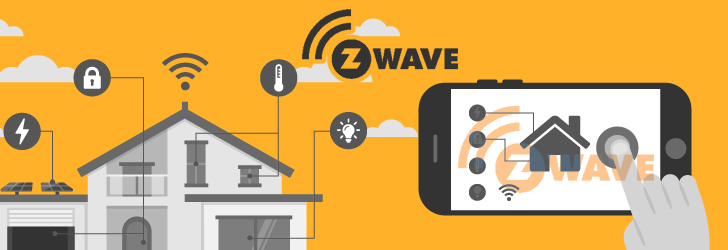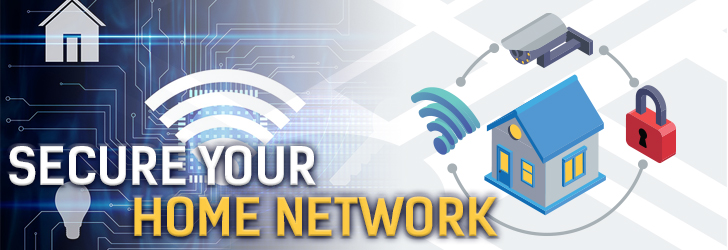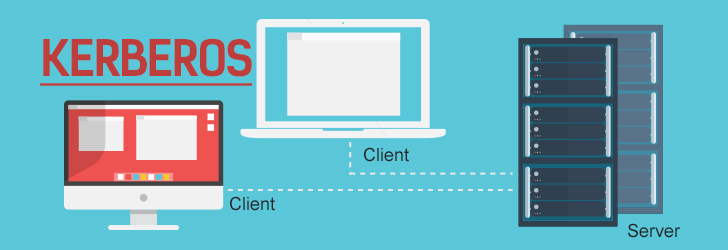Oct 10
2017
What is LDAP Injection?
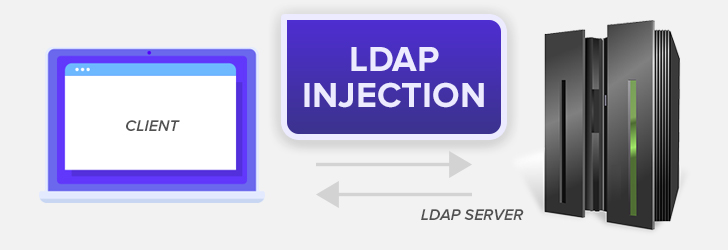
The Lightweight Directory Access Protocol (LDAP) is a standard application layer protocol in the Internet Protocol (IP) Suite used for accessing and maintaining distributed directory information services over a network. This is achieved by the protocol's methods to query and manipulate these directory services. Directory services are integral in setting up an Intranet and internet applications through allowing the sharing of the user, system, network, service, and application information on the network. For example, a corporate email for an organization and a telephone directory are both only achievable through directory services. As such, these records are always stored in an organized and often hierarchical structure.


